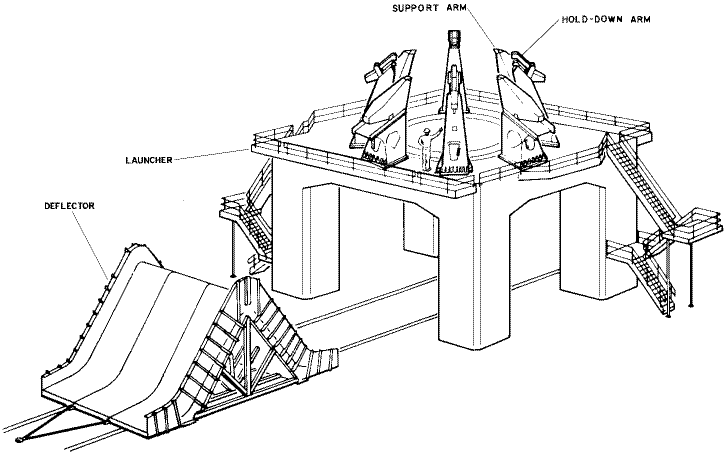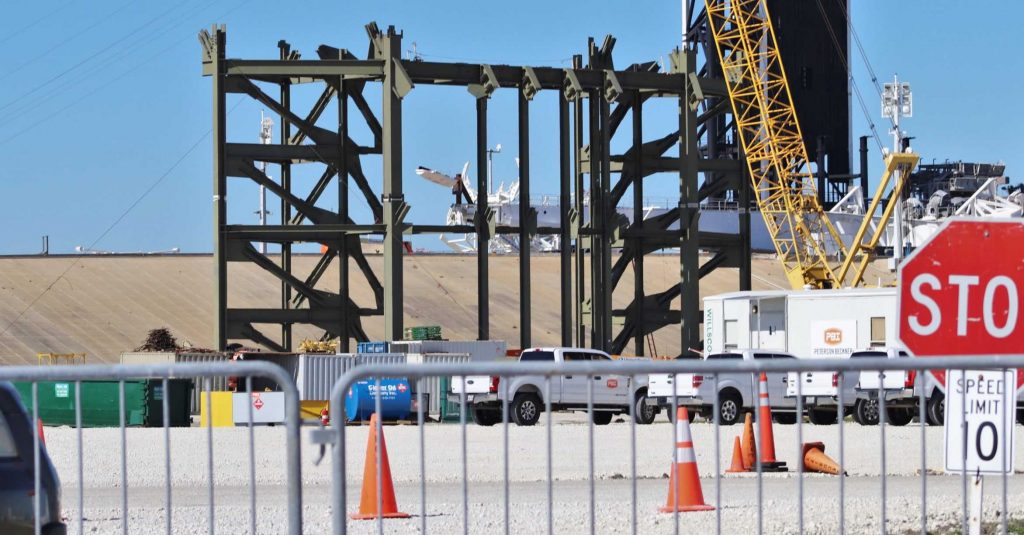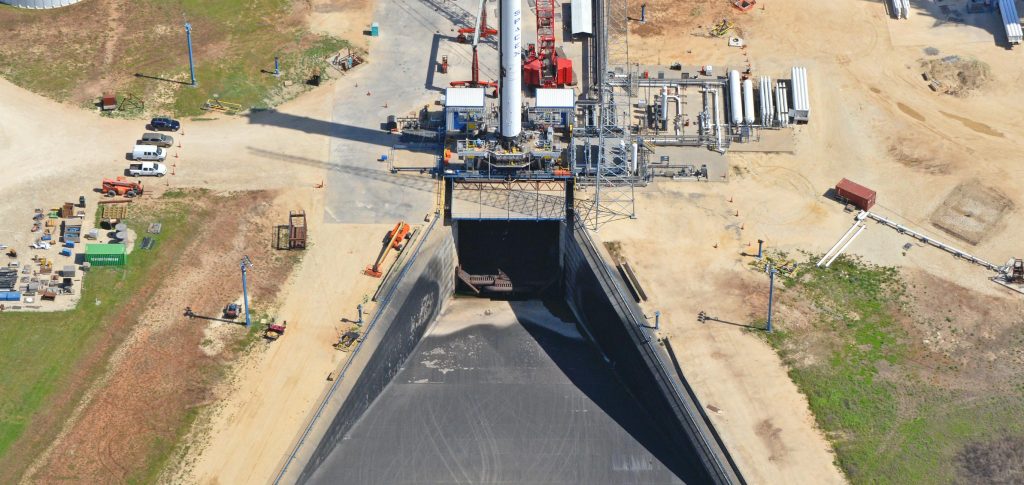Over the last few weeks, SpaceX’s Florida Starship launch pad construction has made some major progress and the structure that will one day support the first East Coast Starship and Super Heavy flight tests have grown several stories tall and show no signs of slowing down.
In a bid to make what could otherwise be an extremely expensive and time-consuming ordeal much faster and cheaper, SpaceX’s Starship/Super Heavy launch pads will be quite a bit different from the company’s several existing launch pads. This includes Kennedy Space Center’s LC-39A pad, leased and operated by SpaceX for Falcon Heavy and Crew Dragon missions and formerly used for dozens of Space Shuttle launches and all Saturn V Apollo Moon missions.
In a very on-brand move, SpaceX has decided to build Starship’s East Coast orbital pad within the bounds of Pad 39A but without using the pad’s existing launch mount or concrete flame trench. Instead, SpaceX is building a separate steel mount and water-cooled thruster diverter designed to stand up to the fury of a Super Heavy booster without allowing the rocket’s plume to dig a crater in the ground after ever ignition.
While choosing to pursue a dramatically different launch pad design for Starship may at first glance seem risky, SpaceX actually has more than a decade of experience building and operating similar mount and flame diverter setups at its McGregor, Texas rocket development and test facilities. A step further, NASA itself once heavily relied on similar technologies and strategies to rapidly build, test, and fly rockets larger than anything that came before them.
Most notably, the Saturn I rocket that preceded the massive Saturn V used a launch mount and flame diverter that looks quite similar to a conceptual setup SpaceX recently showed off in an updated Starship launch render.


SpaceX’s Starship mount is substantially taller, has gone with steel instead of reinforced concrete, and will have a fixed flame deflector, but the similarities are otherwise significant. Conceptually, both mounts are topped with a flat surface with numerous support arms and a large cutout for the rocket to sit atop and its exhaust to exit through. Similar to Falcon 9, the single-core Super Heavy booster mount shown in SpaceX renders will likely have four hold-down clamps and two tail service masts (TSMs), umbilical connections that supply the rocket with propellant, electricity, connectivity, and any other required fluids.
As described and pictured above, Starship’s Pad 39A launch mount has rapidly grown from a few metal beams into a major structure in just the last few weeks. By rough estimate, the existing mount is already 20 or so meters (70+ ft) tall and has large mounts for the installation of additional structures on top of it, while the conceptual mount shown in SpaceX renders appears to be about 25-30 m (80-100 ft) tall.
In the last few days, technicians have begun installing the first framework of the flame diverter SpaceX will use to prevent Starship from damaging itself or its surroundings during static fires and launches. Given the fact that Starship’s Super Heavy booster – as currently described – will be the single most powerful launch vehicle in history, such a vast amount of energy is not easy to dissipate. To accomplish that task, SpaceX revealed in August 2019 planning documents that the 39A diverter would be water-cooled.

The largest thrust diverter SpaceX has built supports the company’s McGregor, Texas booster test stand and has supported dozens upon dozens of integrated static fire tests. Originally designed to enable integrated triple-booster Falcon Heavy testing, SpaceX ultimately decided not to use that capability but the diverter is still immense, likely measuring at least 15m (50 ft) tall and 10m (33 ft) wide. By building dozens of pipes into the surface and structure of the diverter and filling those pipes with recirculating water, it can survive several minutes of hot rocket exhaust without suffering catastrophic erosion or outright melting.
It’s safe to say that Super Heavy will require a diverter that is far larger still to survive thrust equivalent to more than three Falcon Heavy rockets, but that very diverter and launch mount are already well on their way to completion at SpaceX’s Kennedy Space Center launch pad.
Check out Teslarati’s newsletters for prompt updates, on-the-ground perspectives, and unique glimpses of SpaceX’s rocket launch and recovery processes.

(adsbygoogle = window.adsbygoogle || []).push({});
<!–
–>
var disqus_shortname = «teslarati»;
var disqus_title = «SpaceX's East Coast Starship launch pad is making some serious headway»;
var disqus_url = «https://www.teslarati.com/spacex-florida-starship-launch-pad-progress/»;
var disqus_identifier = «teslarati-122387»;

